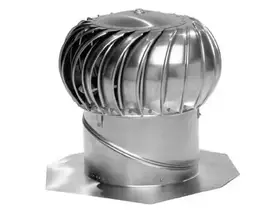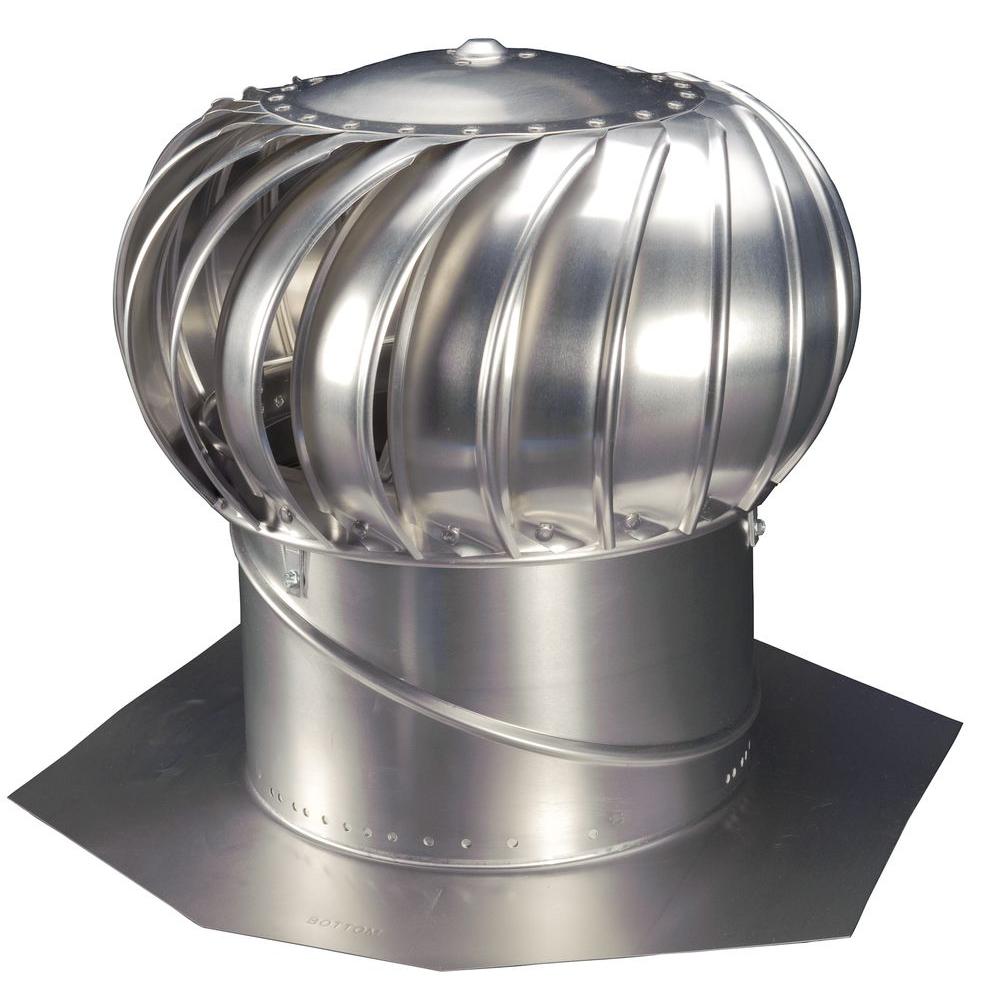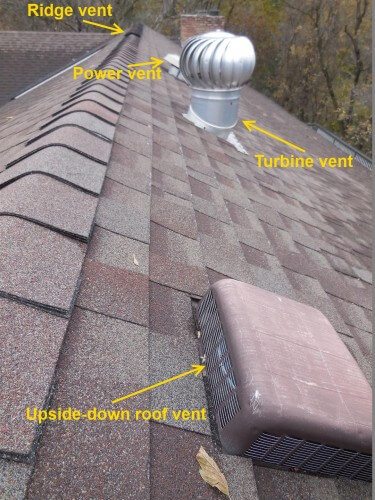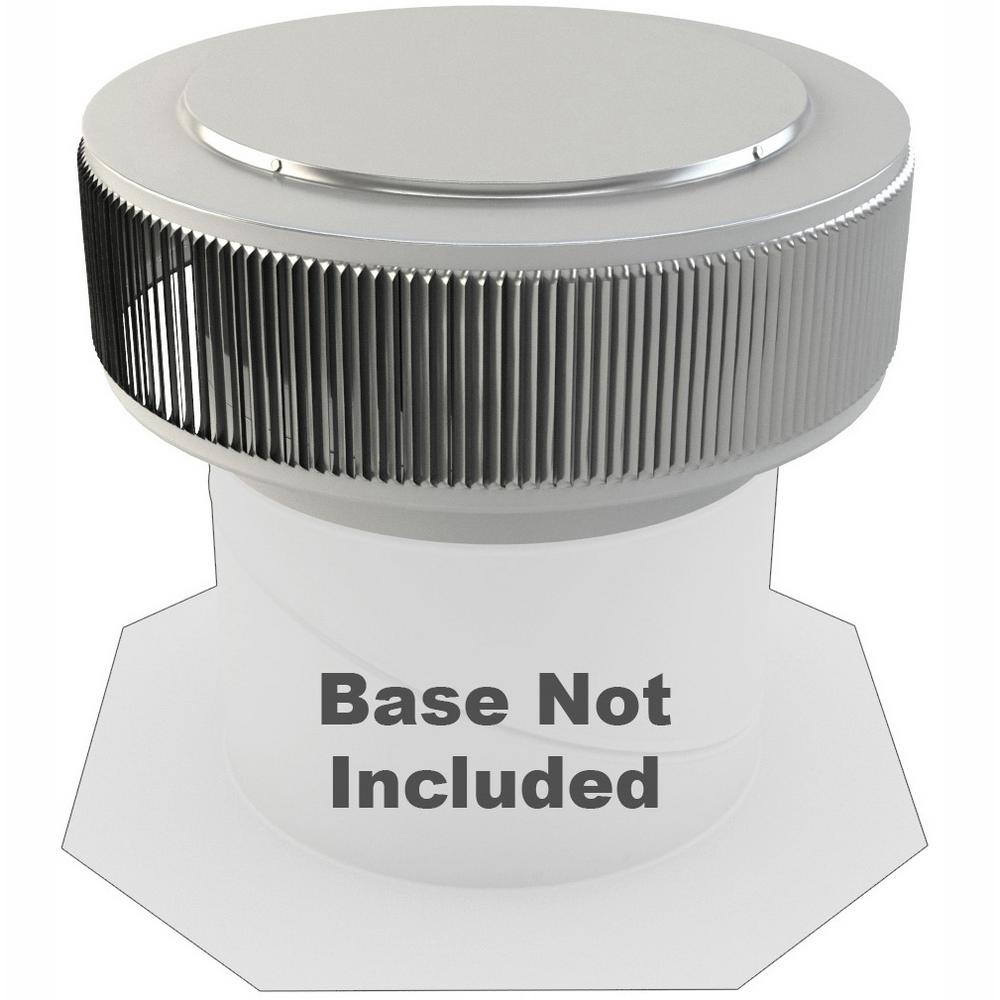The idea of roof vents existed for hundreds of years with natural vents employed in chinese buildings during the tang dynasty natural ventilation ducts in the buddhist monks caves and wind catchers incorporated in arabian architecture.
Spinning roof vent let mpre air out.
Since warm air rises it tends to float out of the highest ventilation spaces.
It can be controlled by a thermostat or moisture monitor.
Issues may come up regarding how long this takes to repair and you may start worrying about the cost.
How much air must be moved.
The building codes and building science for.
When air is caught in the flettner slimline roof vent it begins to spin causing a pressure difference that draws fresh air into the van and expelling air out of the van.
Depending upon the diameter of the vents and the wind speed outdoors the turbines can expel vast quantities of humid air before it becomes a problem.
All things being equal wind driven turbine vents also known as a whirlybird roof vent do move more air than flat vents but only when the wind blows.
As air leaves your attic more air has to replace it.
Blades spin within the unit to expel air from the attic until the right temperature or moisture level is reached at which point it will automatically shut off.
Wind driven turbine vent wind driven roof vents will pull more air from the attic but only when the wind is blowing.
A powered exhaust vent is much like a roof mounted exhaust fan.
During warm weather the air inside your attic heats up.
If you climb into your attics and find your roof turbine vents are not spinning there may be a moment of panic that sets in.
Vent roofs with steeples towers or cupolas can be found in different buildings from barns to cathedrals.
Then as i drive off i put the a c on and turn the vents to recirculating.
That s entirely understandable but with this guide we will find out how to diagnose any issues and fix them.
They have fins that open when they turn in the wind and this spinning action creates suction that draws hot humid attic air outside.
When i get into my ute on a hot day i open the windows or doors to let the trapped hot air out.
The conventional wisdom is to put in soffit vents down at the bottom of the roof so the replacement air can enter here and flow up under all the roof sheathing.
A small 12 inch diameter turbine vent with a constant wind speed of 5 miles per hour mph can remove 347 cubic feet of air per minute cfm from the attic space.
The theory is that it is more efficient to cool recirculating air than it is to try to cool a stream of fresh air.










